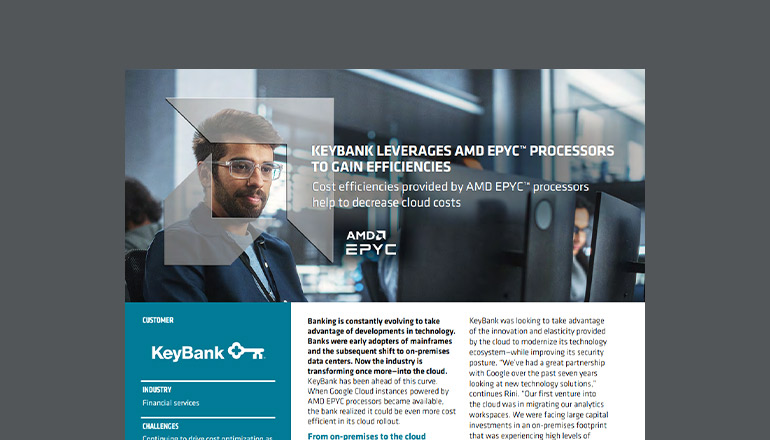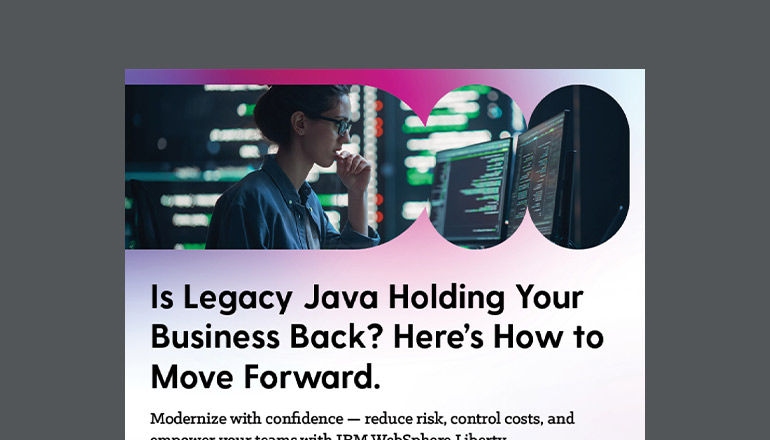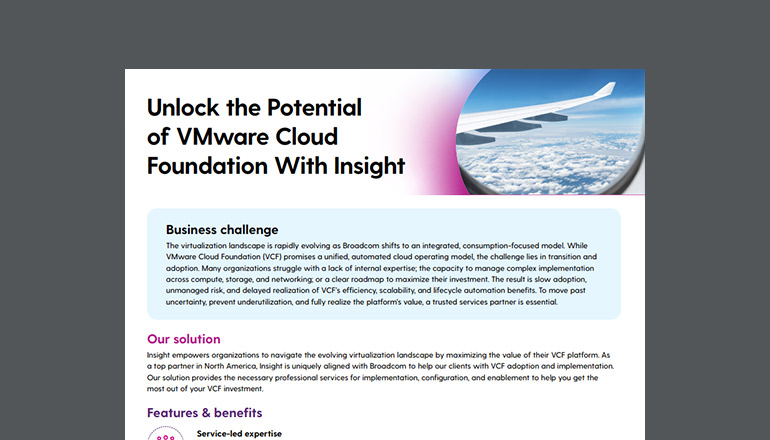Article Microsoft Cloud Strategy Partners
By Insight Editor / 12 Feb 2019 / Topics: Cloud Software Intelligent edge

As a strategic partner, Insight works with customers to get the best return on their Microsoft investments. Think of it as more than how you acquire the technology – it’s how you deploy and manage it. Ultimately, your job as a client is to maximize its value. Companies sometimes make tremendous Microsoft investments, and then make the mistake of not deploying the technology well or failing to manage it.
The cloud partner landscape has changed dramatically in terms of horizontal capabilities, industry vertical expertise, and geographical reach. There has been a lot of industry consolidation, as technology partners seek to acquire new and emerging capabilities. Companies no longer must use an LSP, an SI or two, and a trainer. Alternatively, strategic partners offer a one-stop shop for end-to-end services and capabilities.
Instead of the traditional engagement with a clear beginning and end, the new cloud economy requires a managed experience throughout the cloud lifecycle. Today’s best partners may connect on a rhythmic basis, to ensure a holistic cloud experience – the consumption and activation of the technology – to reveal where there are other opportunities based on where you’re already succeeding. This ongoing rhythm and dialogue enables partners such as Insight to better understand your business road map and see your technical reality, so we can focus on what the next steps could or should be.
The Internet of Things (IoT) is a great example. Perhaps a customer is already using IoT and has an IoT instance on Azure. A partner conversation could cross into business analytics because there is a lot of data to curate. With a strong strategic partner that has all those capabilities in-house, the customer wouldn’t have to reestablish relationships and enter a separate thread. This is the epitome of a rhythmic connection – there is a strategic relationship in which the entire experience can be optimized without disruption or lack of accountability.
Ever-changing cloud customer demands
A strategic partner is always interested in delivering the best solution to its customers. The reality is that most enterprises have multiple clouds including hybrid environments, so the partner should be able to manage them holistically. Customers demand a range of services across IaaS, PaaS, and SaaS that could include advanced services.
Cybersecurity is a huge practice for Insight, as customers are increasingly asking us to harden and manage their environments to guard against ransomware, web app attacks, and other threats. Insight manages services from on-premises environments, to email, to Office 365 pre-configured for the client’s environment.
With Windows 10 Autopilot, the industry is seeing a transition to Devices-as-a-Service. For example, Insight can offer Microsoft Surface along with Office 365 pre-configured for the customer’s environment straight to the user, so that the customer pays per user monthly for not only the subscription, but also the device and the service desk that comes with it. We also offer intelligent communications as a service, including Microsoft Teams, and help clients use their data sets to enable their end users to leverage Power BI to get the clearest, most insightful views for decision-making.
Insight approaches new technology deployments in methodical, pragmatic steps. Our cloud economics team can assess a current environment using tools such as the Movere to help them optimize their existing cloud instance. The assessments can identify the low hanging fruit and the waste.
Our customer engagements typically follow a four-step process. The first step is to attend one of our Envisioning Sessions. There’s one each for Office 365, Azure, PowerBI, Windows 10, and modern licensing. Our specialists sit down with our customers to understand their business road map and technical requirements. Our goal is to define the 80/20 with each customer or prospect. We try to determine the 20 percent of the feature set that’s going to provide 80 percent of the value. We then move forward into more tactical actions. All sessions are optimized for the type of stakeholder.
The second step is to perform the economics assessment to recommend strategies to optimize your environment. Next, we will perform a single deployment or manage a single cloud instance as the third step. Finally,a fourth step is managing your end-to-end services.
IDC recently reported that cloud customers suffer acute skill shortages in DevOps, cloud architecture, software-defined networking and security, and 70 percent of them are using a provider to fulfill them. In the end, as a strategic partner, we must continually transform our capabilities and business models based on changing customer demands and understand how these demands affect the managed cloud lifecycle.






